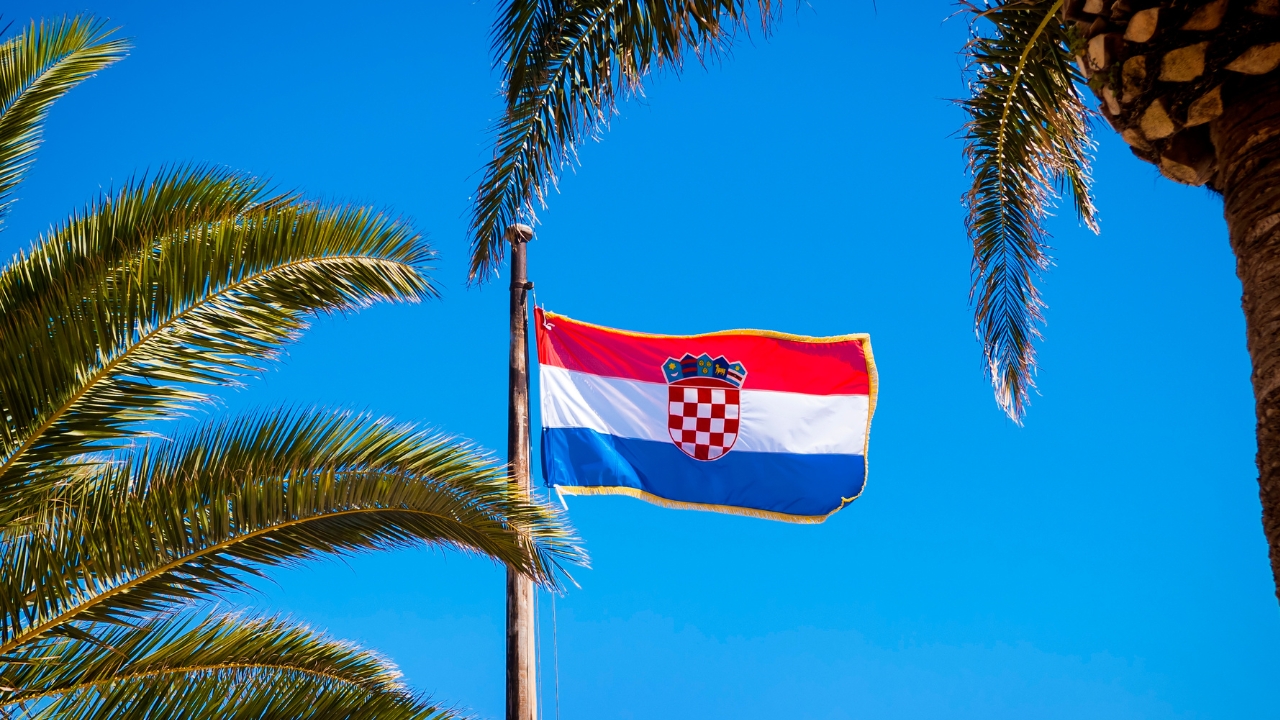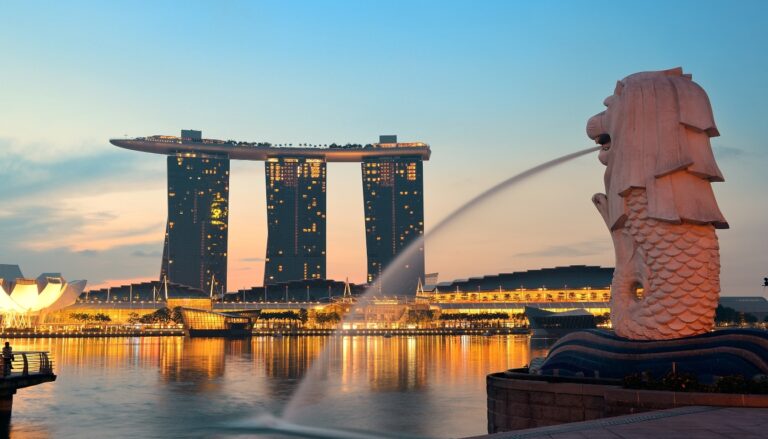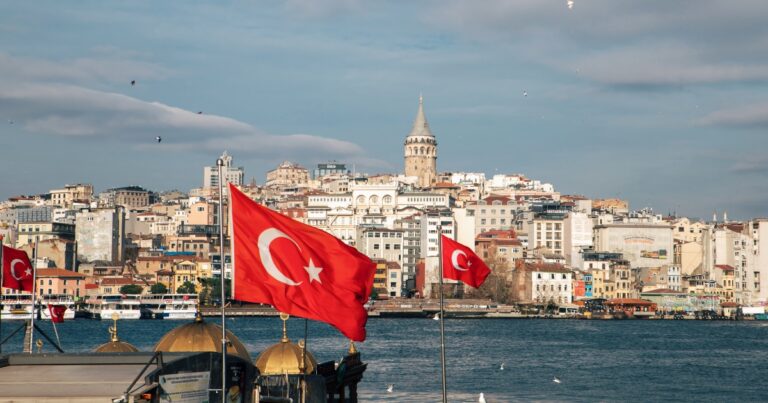Best Time to Visit Croatia: 7 Weather Secrets Locals Know
Planning your Croatian getaway but feeling overwhelmed by conflicting weather advice online? You’re not alone! While most travel guides stick to generic seasonal overviews, locals in Croatia have discovered specific weather patterns and timing secrets that can make or break your vacation experience.
After speaking with Croatian residents, hotel owners, and tour guides across the country, we’ve uncovered seven insider weather secrets that will help you determine the absolute best time to visit Croatia for your specific travel style and budget.
Why Timing Your Croatia Visit Matters More Than You Think
Croatia’s unique geography creates diverse microclimates that can vary dramatically between regions. What works perfectly for exploring Dubrovnik might be terrible timing for hiking in Plitvice Lakes. Understanding these local weather patterns isn’t just about comfort – it’s about maximizing your travel budget, avoiding crowds, and experiencing Croatia like a local rather than a typical tourist.
Let’s dive into the seven weather secrets that Croatian locals use to plan their own perfect trips.
Secret #1: The “Sweet Spot” Months Are Actually May and September
While everyone talks about the best time to visit Croatia being summer, locals know better. May and September offer what Croatians call the “zlatno doba” – the golden period.
Why May is Perfect:
- Average temperatures hover around 70°F (21°C)
- Sea temperature reaches a comfortable 64°F (18°C)
- Tourist crowds haven’t fully arrived yet
- Hotel prices are 30-40% lower than peak season
- Rainfall is minimal (only 6-7 rainy days on average)
Why September Wins:
- Water temperatures peak at 72°F (22°C) from summer heating
- Air temperatures remain pleasant at 75°F (24°C)
- Crowds start thinning after Labor Day
- Restaurant terraces stay open with perfect evening weather
- Harvest season brings fresh local produce
Local Tip: Croatian families often take their own vacations during these months, which tells you everything about the weather quality. If it’s good enough for people who live there year-round, it’s definitely good enough for your vacation.
Secret #2: Croatia Has Three Distinct Climate Zones (Not Just “Mediterranean”)
Here’s where most travel guides get it wrong – they treat Croatia as having uniform weather. Locals know the country actually has three very different climate zones that require completely different packing and timing strategies.
Mediterranean Coast (Split, Dubrovnik, Hvar):
- Hot, dry summers with temperatures reaching 85°F (29°C)
- Mild winters rarely dropping below 50°F (10°C)
- Bora winds can create sudden temperature drops
- Best months: May, June, September, October
Continental Interior (Zagreb, Plitvice Lakes):
- Hot summers but cold winters with potential snow
- More rainfall throughout the year
- Temperature swings can be dramatic
- Best months: May through September
Istrian Peninsula (Pula, Rovinj):
- Influenced by both Mediterranean and continental weather
- Slightly cooler summers, milder winters
- More predictable weather patterns
- Best months: April through October
Planning Your Route: If you’re doing a multi-region trip, locals recommend starting inland in spring (April-May) and finishing on the coast in late summer (September) to follow the optimal weather patterns.
Secret #3: The Bora and Jugo Winds Dictate Local Activities
Most tourists have never heard of these winds, but they’re crucial for understanding Croatian weather patterns. Locals plan their entire schedules around them.
The Bora (Northeasterly Wind):
- Brings sudden cold, dry air from the mountains
- Can drop temperatures by 20°F in hours
- Creates crystal-clear skies and amazing visibility
- Best for photography and hiking
- Can make ferry rides rough and uncomfortable
The Jugo (Southeasterly Wind):
- Brings warm, humid air from the Mediterranean
- Creates overcast skies and potential rain
- Makes the air feel sticky and uncomfortable
- Can last for several days
- Better for indoor activities and spa treatments
Local Weather Apps: Croatians religiously check wind forecasts using apps like “Windy” or “Windguru.” Download these before your trip and you’ll understand why locals suddenly change their beach plans or decide it’s a perfect day for island hopping.
Secret #4: April is the Ultimate Budget Travel Secret
While researching the best time to visit Croatia, you’ll rarely see April mentioned prominently. That’s exactly why locals love it – it’s their best-kept secret for affordable travel with surprisingly good weather.
April Weather Reality:
- Average temperatures: 60-65°F (15-18°C)
- Rainfall: Moderate but usually short showers
- Sunshine hours: 6-7 hours daily
- Sea temperature: Cool but manageable at 59°F (15°C)
Why Locals Choose April:
- Hotel prices are at their lowest (50-60% off peak season)
- Restaurants offer pre-season discounts
- No crowds at major attractions
- Perfect weather for walking tours and hiking
- Wildflowers bloom throughout the national parks
What You’ll Miss: Beach swimming and some seasonal restaurants won’t be fully operational. However, you’ll gain authentic local experiences and significant savings that more than compensate.
Secret #5: The “October Surprise” – Extended Summer Weather
International tourists typically avoid October, assuming summer weather is over. Croatian locals know better – October often delivers what they call “bablje ljeto” (old women’s summer), an extended period of warm, stable weather.
October Weather Patterns:
- Air temperatures: 65-70°F (18-21°C)
- Water temperature: Still warm at 64°F (18°C)
- Rainfall: Decreasing compared to September
- Sunshine: 5-6 hours daily with clear skies
Local October Activities:
- Wine harvest festivals throughout Istria
- Hiking in perfect temperatures
- Swimming still comfortable with wetsuits
- Truffle hunting season begins
- Outdoor dining remains pleasant
The October Advantage: You’ll experience Croatia at its most authentic. Locals return to outdoor cafes, seasonal workers have gone home, and the country returns to its natural rhythm. Plus, accommodation prices drop dramatically after October 1st.
Secret #6: Winter Brings Unexpected Opportunities (December-February)
The best time to visit Croatia isn’t necessarily summer if you’re looking for cultural experiences and budget travel. Croatian locals know winter offers unique advantages that most tourists completely miss.
Winter Weather Reality:
- Coast: Mild temperatures 45-55°F (7-13°C)
- Inland: Cold with potential snow 25-40°F (-4-4°C)
- Rainfall: Higher but creates dramatic scenery
- Daylight: Limited but intensely beautiful
Why Locals Love Winter Travel:
- Christmas markets in Zagreb rival those in Vienna
- Hotel prices drop by 70% from peak season
- Plitvice Lakes become a frozen wonderland
- Thermal spas are perfect for relaxation
- Traditional konobas (taverns) offer hearty winter menus
Winter Strategy: Focus on cultural cities like Zagreb and Dubrovnik, enjoy spa treatments, and experience Croatia’s rich culinary traditions. Skip the islands unless you’re seeking solitude and dramatic storm-watching.
Secret #7: Micro-Seasons Within Seasons Change Everything
Here’s the most advanced local secret: Croatian weather operates on micro-seasons that can dramatically affect your experience. Understanding these patterns separates tourists from travelers who experience Croatia like locals.
Early Season Micro-Patterns:
- Late March-Early April: Unpredictable but potentially beautiful
- Late April-Early May: Most stable spring weather
- Late May-Early June: Perfect before summer heat arrives
Summer Micro-Seasons:
- June: Ideal temperatures before peak heat
- July: Hottest month, crowds peak
- August: Most crowded, highest prices, but guaranteed sun
Autumn Micro-Patterns:
- Early September: Extended summer with fewer crowds
- Late September-Early October: Perfect temperatures return
- Late October: Still mild but increasing rainfall
Local Planning Strategy: Instead of booking for entire months, locals target these micro-seasons. For example, the third week of May or the second week of September consistently offer the best weather-to-crowd ratios.
Putting It All Together: Your Perfect Croatia Weather Strategy
Now that you know these seven local weather secrets, here’s how to apply them to determine the best time to visit Croatia for your specific trip:
For Beach Lovers: Target late May through early June, or the first three weeks of September. You’ll get warm water, pleasant air temperatures, and manageable crowds.
For Budget Travelers: April and October offer the best value-to-weather ratios. You’ll sacrifice some warmth but gain authentic experiences and significant savings.
For Families: Late May through early June provides stable weather without the intense heat that makes children uncomfortable.
For Adventure Seekers: September through early October offers perfect hiking weather and calm seas for water sports.
For Cultural Enthusiasts: November through March provides intimate access to Croatian culture, cuisine, and traditions without tourist crowds.
Essential Local Weather Resources
Before finalizing your Croatia travel dates, check these resources that locals use:
- DHMZ (Croatian Meteorological Service): Official government weather forecasts
- Windy.com: Detailed wind and weather patterns
- Local Facebook Groups: Croatian residents share real-time weather updates
- Marina Weather Services: Essential if you’re planning boat trips
Your Croatia Weather Action Plan
The best time to visit Croatia depends on your priorities, but armed with these local weather secrets, you can make an informed decision that aligns with your travel goals and budget.
Remember, while weather apps and forecasts help with planning, Croatian weather can be wonderfully unpredictable. Pack layers, stay flexible, and embrace the spontaneity that makes Croatia such a magical destination.
Whether you choose the golden months of May and September, take advantage of budget-friendly April, or brave the authentic winter experience, you’ll now approach your Croatian adventure with the weather wisdom of locals who call this beautiful country home.
Ready to book your Croatian getaway? Use these weather secrets to choose your perfect travel dates and experience Croatia the way locals do – with perfect timing, authentic experiences, and unforgettable memories.







